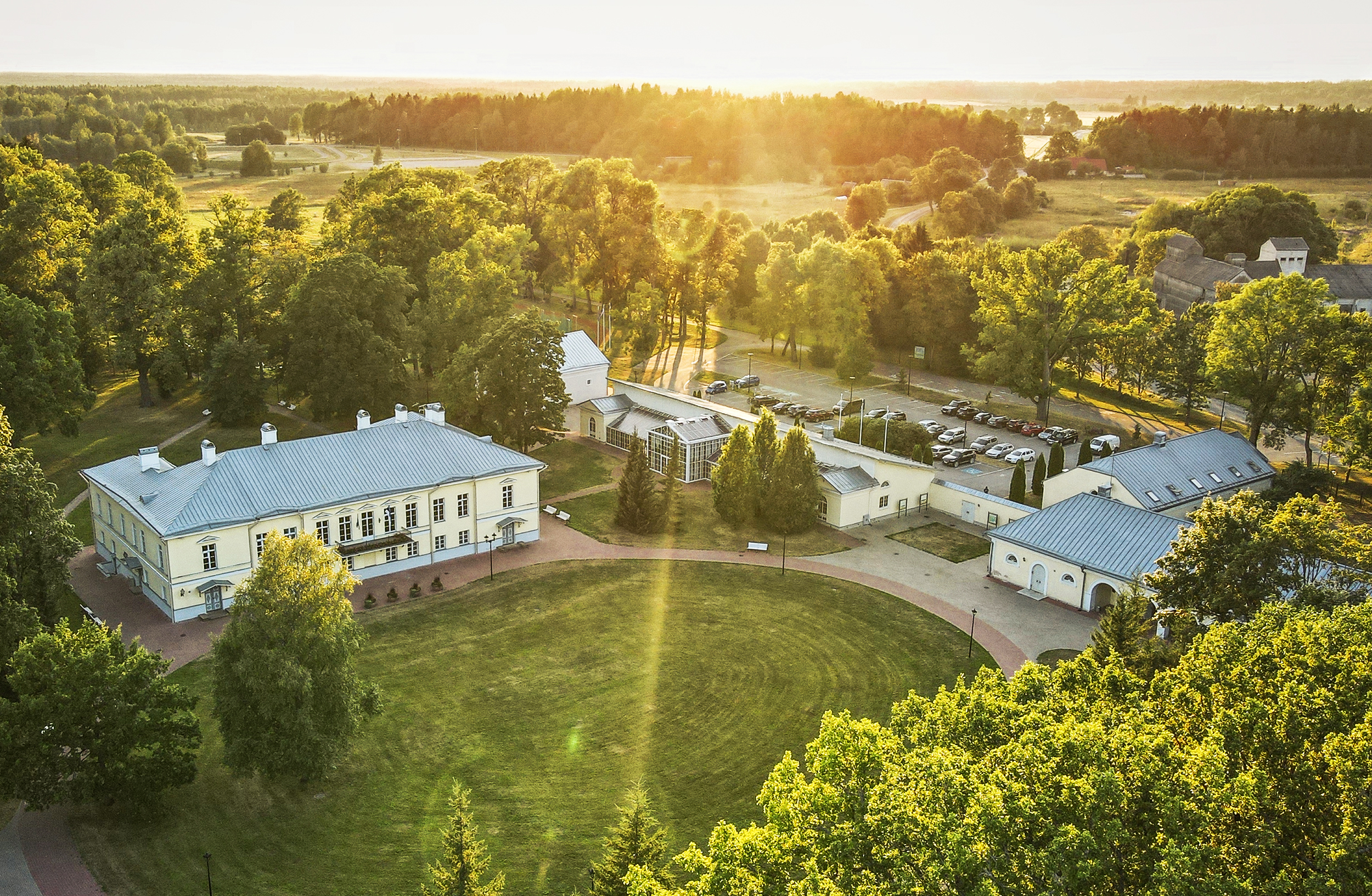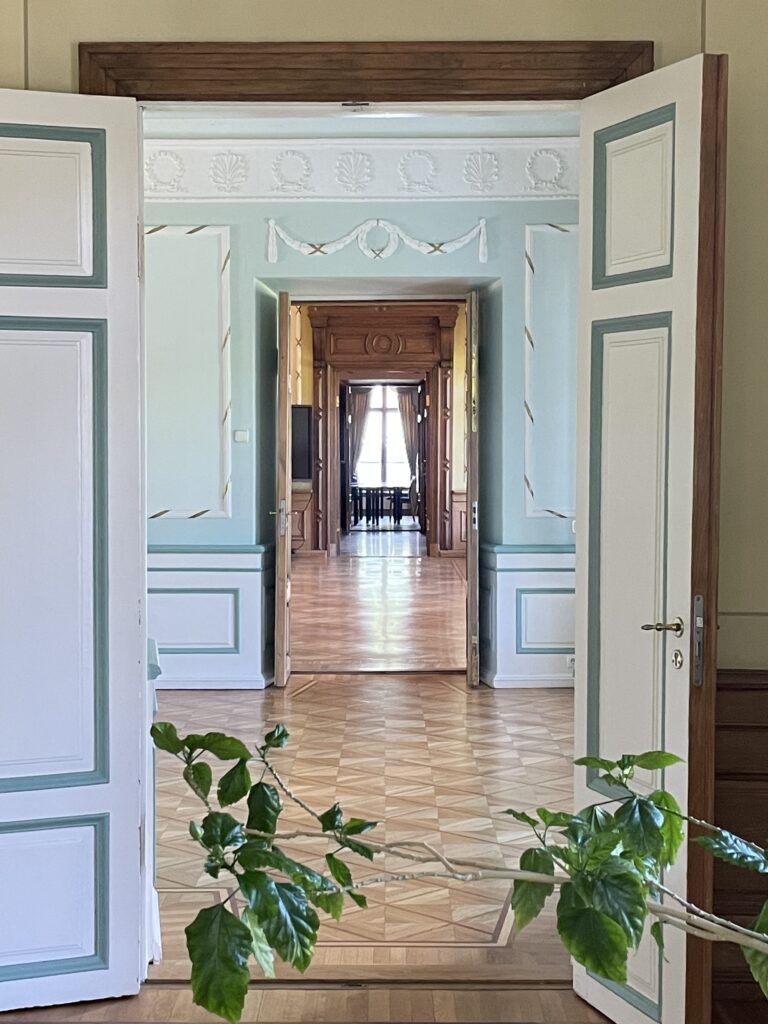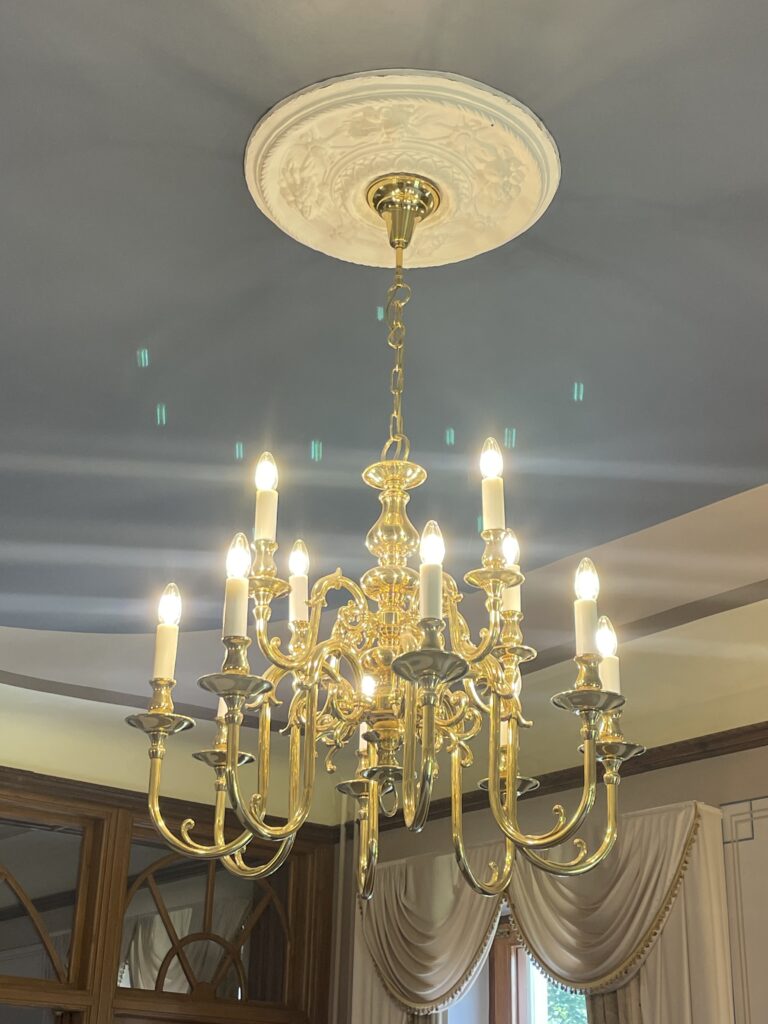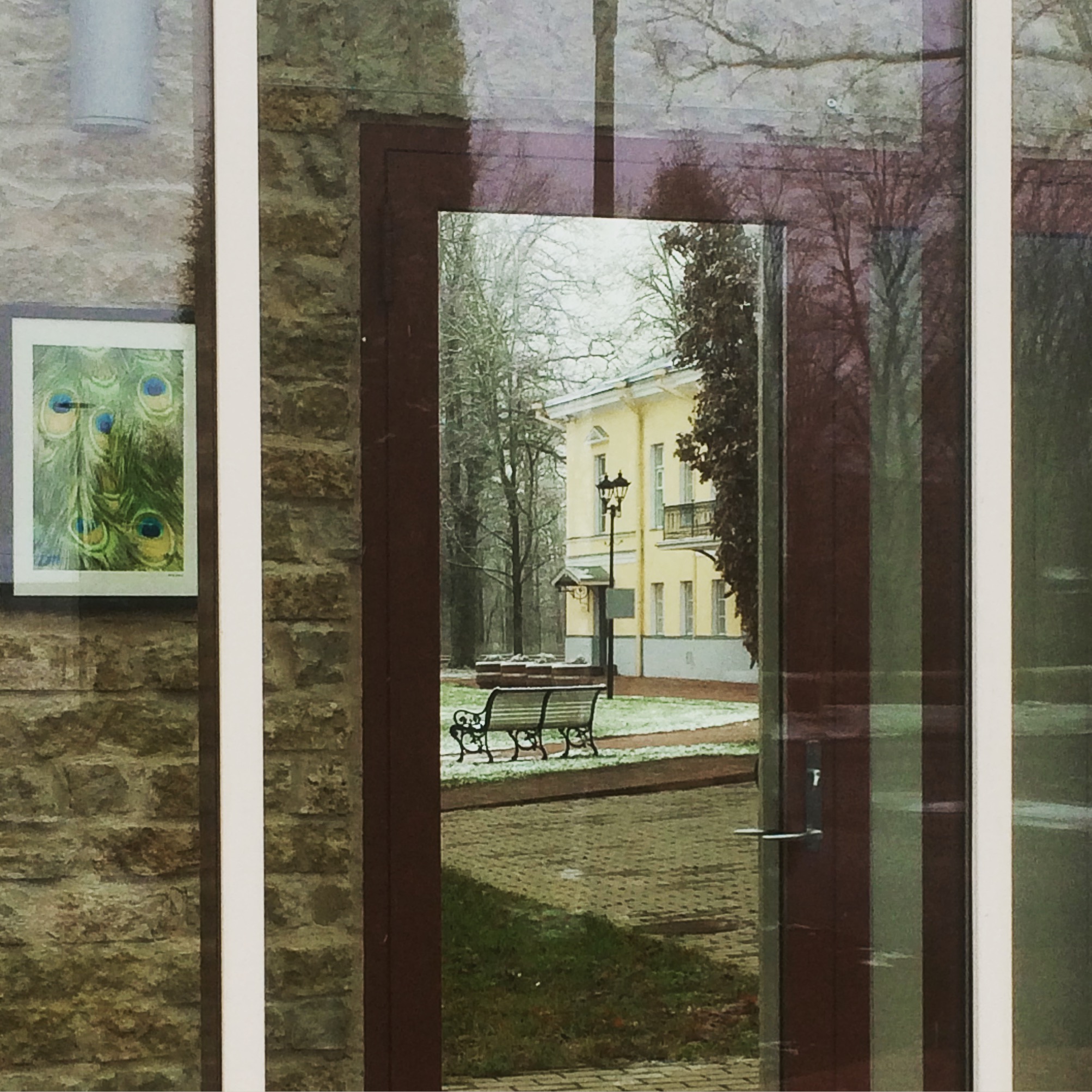
MANOR
Read our history
Mäetaguse manor house (Mehntack) was first mentioned in 1542, and the founder of the manor house was Peter von Tiesenhausen. In 1617, Tuwe Bremen became the owner of the manor house, after which it was shortly owned by the Wrangels and the Unger-Sternbergs. In the Great Northern War, the manor house burned down to the ground, and in 1733, it passed into the hands of the Rosens for almost two centuries.
In 1736, Otto Fabian von Rosen came into possession of the manor house, who owned four other manor houses in Estonia, and who was a Livonian district magistrate and held the rank of a major general of the Russian Empire. In the same year, Otto Fabian von Rosen formulated the declaration, which perpetuated special serfdom situation in the Baltic states. But at the same time, being a member of the Herrnhut movement, he supported the provision of education to peasants. The building got its final shape during reconstructions held in the 1820s and the 1890s.
The last owner of the manor house was Konstantin von Rosen. Until the expropriation in 1919, the manor house belonged to
the noble family of the Rosens. After that, the building of the manor house accommodated a school.
The current manor house built in the style of the early classicism originates from the year 1796. Until the end of 2017, the building of the manor house, renovated in the beginning of the 1990s, accommodated Mäetaguse rural municipality government, while in the halls on the second floor different cultural events are held as well as festive occasions, such as weddings, anniversaries, and receptions.
The real pearl of the building is a historical ceiling painting in the lobby as well as 2 bronze lion sculptures that have preserved since the times when the building was functioning as a manor house.
The manor house has plenty of stylish outbuildings, including the granary with an arcade and the stable-carriage house that are lining the square in front of the main building; the latter currently accommodates the manor house hotel. 1 kilometer to the north-west from the manor house, at the top of a high hill, there is a chapel of the von Rosens in the Neo-Gothic style.



